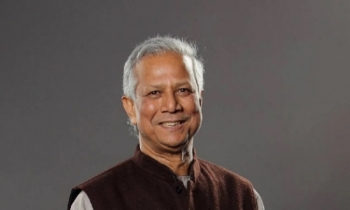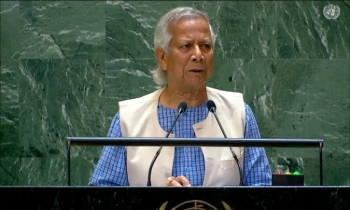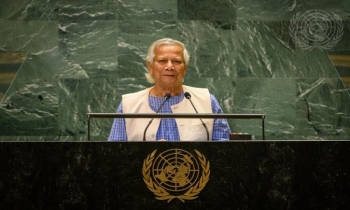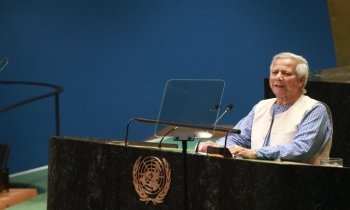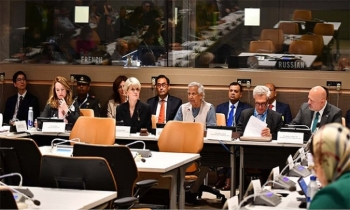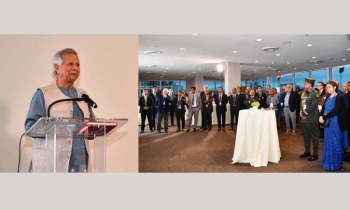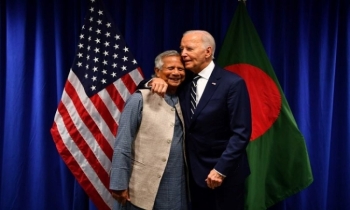The revolutionary Bangalee economists
BI Special || BusinessInsider

Photo: Business Insider
With Bangladesh celebrating its 50th victory day today, economists and historians observe that the Bangalee economists, who established the economic legitimacy of an independent Bangladesh during the Pakistani military regime, need to be recognised.
These economists helped bring forth the economic aspects of the disparity between Bangladesh (then East Pakistan) and Pakistan (then West Pakistan) apart from other political and social phenomena.
In 1961, they pointed fingers at the economic disparity and inequality between the two wings of Pakistan, according to a book by economist Rehman Sobhan, titled “Two Economies to Nations: My Journey to Bangladesh”. The second five-year plan was announced by the economists the same year.
These revolutionary economists advocated for the thesis of “two economies”, thus putting a question mark on the idea of an integrated economy of East and West Pakistan, reads the book.
The demand for an independent Bangladesh grew louder with the Bangalee economists' arguments about the growing economic disparity between the two provinces, as per Sobhan's book.
Historian and former Dhaka University Professor Dr Syed Anwar Husain said Bangalee economists had raised the question of disparity between the two wings of Pakistan.
Their logics strengthened the concept of an independent Bangladesh in the late 1960s, he said.
The argument on disparity between East and West Pakistan was of course picking up at the time in 1956, said Sobhan in his book.
Meanwhile, as Sobhan puts it: “a group of eight Bengali economists, including Dr MN Huda and Professor Nurul Islam, had expressed the view that, because the geographic separation of its two wings severely impaired labour mobility and imposed high transportation costs, Pakistan had effectively two economies.”
At a seminar in Dhaka University in 1961, Professor Sobhan presented a paper on the idea of “the two economies,” building upon past works by other Bangalee economists.
The concept and the underlying analysis already had some circulation in academia and the political circuit. After the seminar, the idea exploded into public consciousness.
Though the seminar was a small affair, the message reverberated to the centre of power. Even military dictator Ayub Khan, then on a visit to Dhaka, was confronted by journalists.
The economists’ concern of economic disparity was well supplemented by the statistics. In between 1960 and 1965, the economy of East Pakistan grew at an average of 2.6 percent, whereas the growth rate of undivided Pakistan was 4.8 percent during the same period.
Starting from the early 1950s, disparity of per capita incomes between East and West Pakistan had been widening – while per capita income in East Pakistan rose by 0.7 percent a year, the rate of increase in West Pakistan was 2 percent, nearly three times higher than that in East Pakistan, as per the Third Five Year Plan of Pakistan.
There was a huge expenditure disparity between East and West Pakistan, according to the Report of East Pakistan Economists, in the Report of the Panel of Economists on the Fourth Five Year Plan (1970-75), Islamabad 1970.
Former adviser to a caretaker government, Dr ABM Mirza Azizul Islam said most of those economists have already died of old age complications, but they have to be presented as the role models to the younger generation.
“We have to recognise economists like Professor Nurul Islam and Rehman Sobhan for their heroic acts,” said Mirza Azizul.
Contacted, Liberation War Minister AKM Mozammel Haque said, "We have a plan to recognise those Bangalee economists who contributed to the cause of our independence."


